Do you have a question about the Cisco TelePresence SX20 and is the answer not in the manual?
Configuring speaker tracking modes and the Snap to Whiteboard feature.
Setting system date, time, and time zone, and configuring NTP server for automatic updates.
Configuring call parameters like auto-answer, auto-answer delay, call rate, and default protocol.
Utilizing the wizard to get the system online and configure initial network and system settings.
Setting the video conferencing mode to MultiWay, MultiSite, Auto, or Off.
Configuring IP and VLAN settings for the codec, including IP version, assignment, and link settings.
Setting up the Session Initiation Protocol (SIP) for communication, including proxy and transport settings.
Performing a factory reset to restore default system configurations, clear call history and contacts.
Configuring speaker tracking modes and the Snap to Whiteboard feature.
Setting system date, time, and time zone, and configuring NTP server for automatic updates.
Configuring call parameters like auto-answer, auto-answer delay, call rate, and default protocol.
Utilizing the wizard to get the system online and configure initial network and system settings.
Setting the video conferencing mode to MultiWay, MultiSite, Auto, or Off.
Configuring IP and VLAN settings for the codec, including IP version, assignment, and link settings.
Setting up the Session Initiation Protocol (SIP) for communication, including proxy and transport settings.
Performing a factory reset to restore default system configurations, clear call history and contacts.
| Digital zoom | 5 x |
|---|---|
| Optical zoom | 2.5 x |
| Aspect ratio | 16:9 |
| Supported video modes | 1080p, 576p, 720p |
| Supported graphics resolutions | 176 x 144, 352 x 288, 704 x 576, 720 x 480, 720 x 576, 1280 x 768, 1280 x 800, 1280 x 960, 1024 x 576 (WSVGA), 1280 x 1024 (SXGA), 1280 x 720 (HD 720), 1280 x 768 (WXGA), 1360 x 768 (WXGA), 1920 x 1080 (HD 1080), 640 x 480 (VGA), 800 x 600 (SVGA) |
| Line-in | Yes |
| USB 2.0 ports quantity | 2 |
| Ethernet LAN (RJ-45) ports | 1 |
| Ethernet LAN data rates | 10, 100, 1000 Mbit/s |
| AC input voltage | 100-240 V |
| AC input frequency | 50 - 60 Hz |
| Power consumption (typical) | 40 W |
| Storage temperature (T-T) | -20 - 60 °C |
| Operating temperature (T-T) | 0 - 40 °C |
| Operating relative humidity (H-H) | 10 - 90 % |
| Voice codecs | G.711, G.722, G.722.1 |
| Depth | 180 mm |
|---|---|
| Width | 300 mm |
| Height | 34 mm |
| Weight | 1400 g |
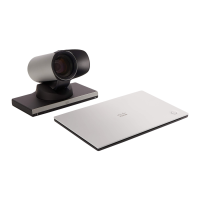
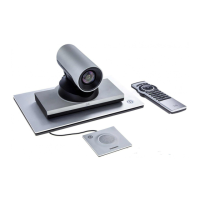
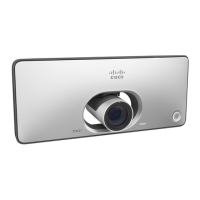
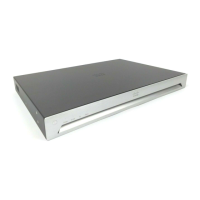
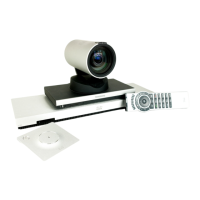


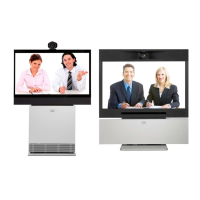

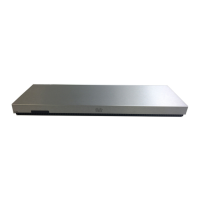


